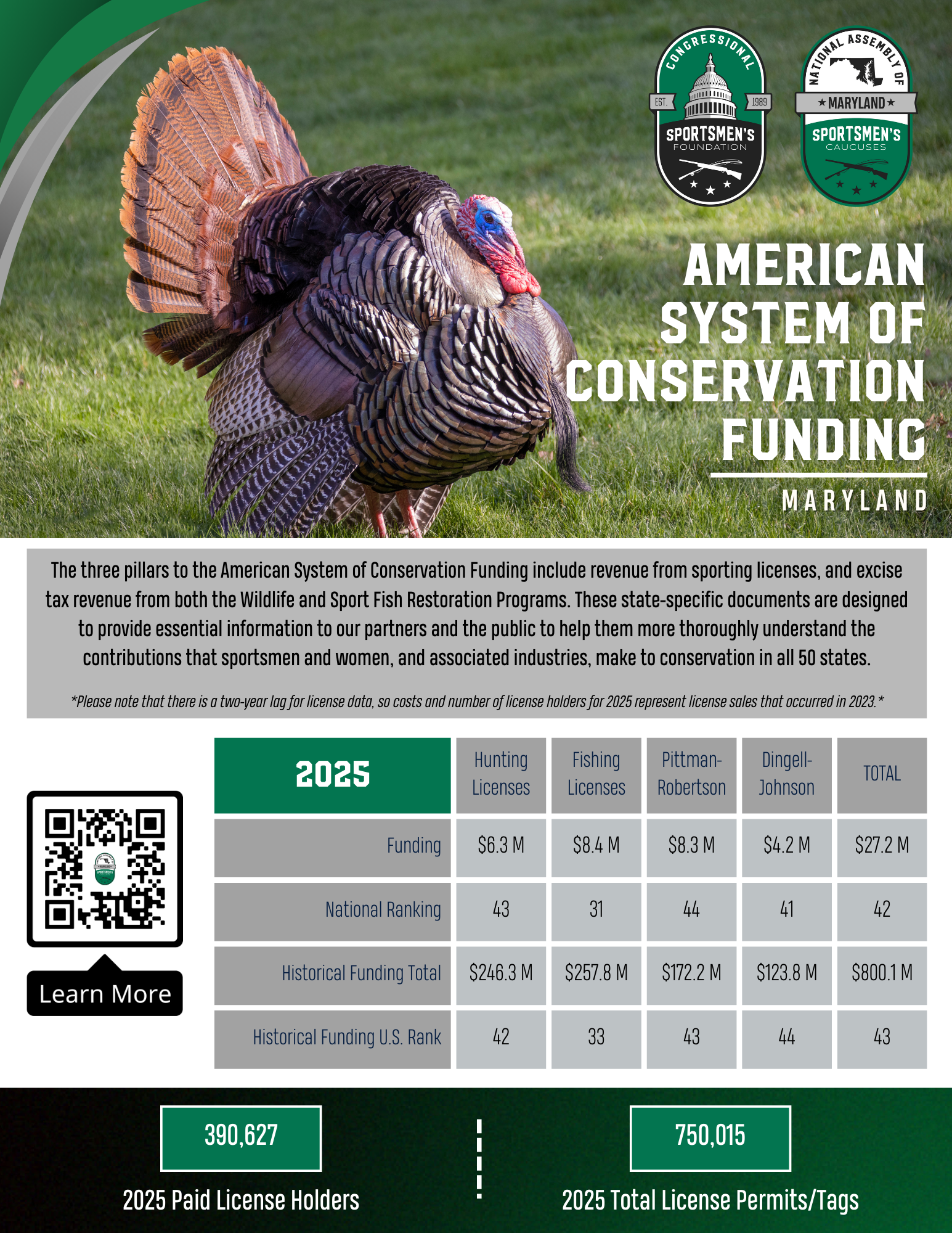Summary Opportunities to expand angling access throughout the country have become increasingly limited in recent years due to increases in private ownership along waterways and attendant riparian rights limiting new access construction. State authorities often have the opportunity to expand fresh water angling access through the establishment of access points when state highway transportation departments …
Considering Recreational Angling Access in Transportation Projects Read More »















